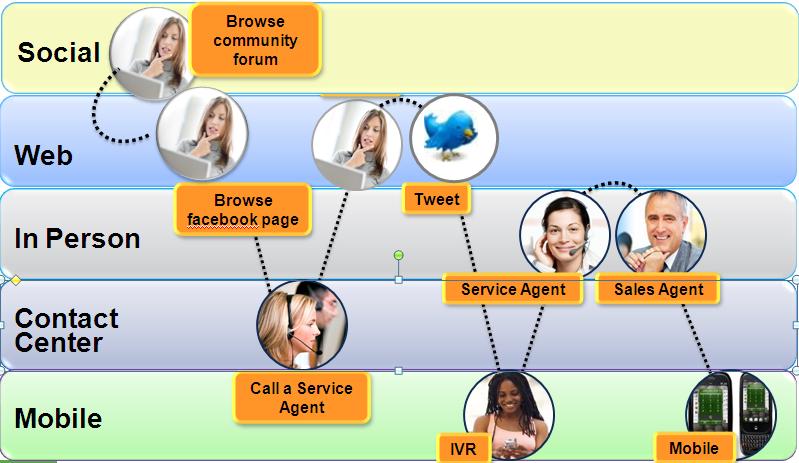Multichannel Customer Service Is Dead. Long Live Agile Service!
Multichannel commerce is dead, says fellow analyst Brian Walker in Forbes . The essence of this article is that customers don’t choose to interact with you on a single communication channel from start to finish. They interact with you over the most suitable channel for them at that point in time — which could be their mobile device, or a chat session, or a phone call, or email, or web self-service from their iPad. Brian calls this agile commerce.
I agree that it is an agile world out there. And yet, agility does not stop at commerce — it extends to everything that we do, from buying to receiving marketing offers to customer service. Think, for example, about the process you follow to fix an issue with one of your electronic devices. You may browse a community forum, browse the company’s Facebook page, then their official website, contact an agent who can't help you, tweet about it, get contacted by a better-skilled agent who figures out that you need to purchase a new driver and transfers you to someone who can process your order, which you receive on your mobile phone.

The point is that a customer does not make a distinction between a sales transaction or a customer service transaction. All they expect is to be able to receive the same customer experience every time they interact with a company, over any communication channel that they use.
Most companies don’t offer this consistency of experience across channels. They also don’t allow customers to be agile in their channel choice. The question is, what are the foundational elements to support this behavior? From a technology perspective they are:
- A model of unified communications. Each interaction over all communication channels needs to be queued, routed, and worked on in the same manner, following the company business processes that uphold its brand.
- A unified view of the customer. Each agent needs to have a full view of all interactions that a customer has had over all supported communication channels so that the agent can build on the information and experience that has already been communicated to the customer.
- Unified knowledge and data. Agents need to have access to the same knowledge and same data across all communication channels so that they can communicate the same story to their customers.
In addition, companies need to restructure business processes and new organizational models to enable this, which Brian explains in his recent Forrester report.
What does this all mean? Adopt agile communications if you want to empower your customers to choose how they interact with you, so that their sales and customer service experience is easy and enjoyable, and so that you gain their trust, loyalty, and share of wallet.
